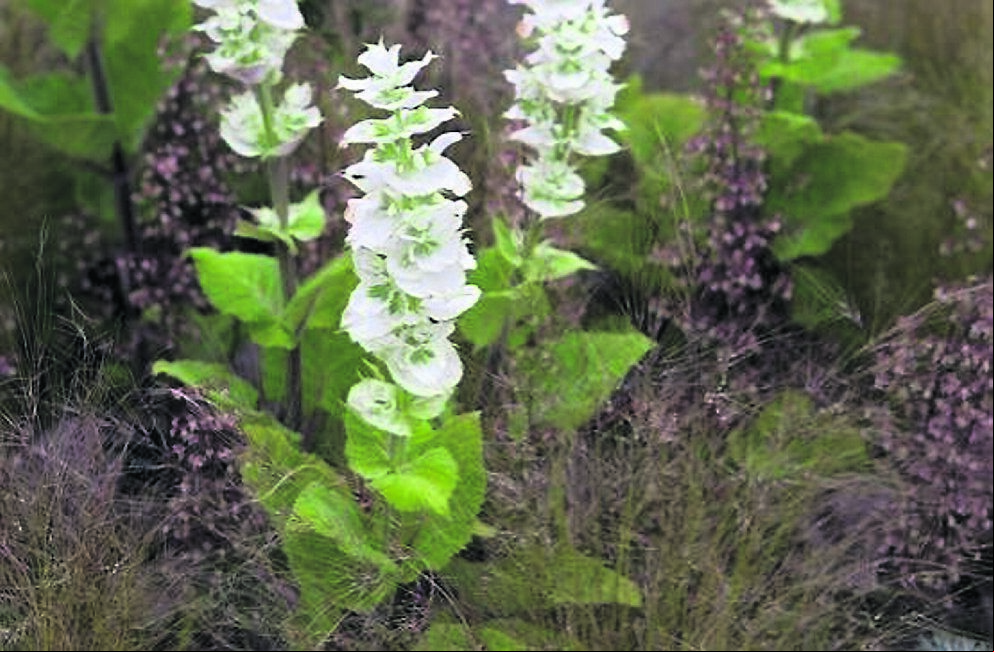In the garden: The secret of a good gravel garden base

A gravel path at Kinalea Garden, between Kinsale and Innishannon.
The aftermath of the heavy rain last week is a greening up the countryside, as trees are bursting into leaf, grass is in active growth, annual crops are germinating, and it is beginning to feel like summer is just around the corner.

Field maple, Acer campestre, is a fine smaller-sized native tree in Ireland and I recently had the pleasure of digging up many fine seedlings from under the mother tree.

This has soft green hairy aromatic leaves and bears tall bracts of purple flowers. It gets to about 1m in height and a spread of about 0.5m.







 App?
App?


